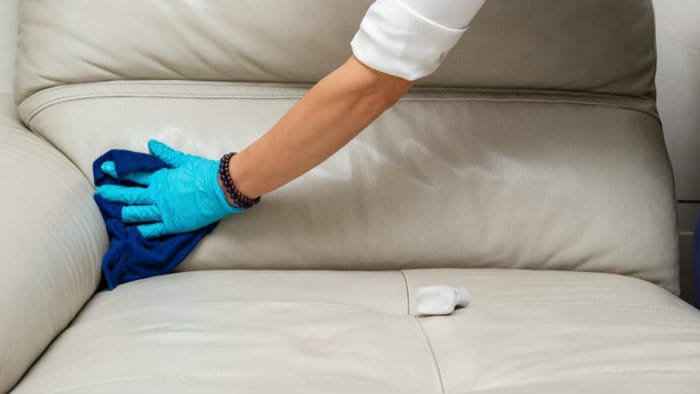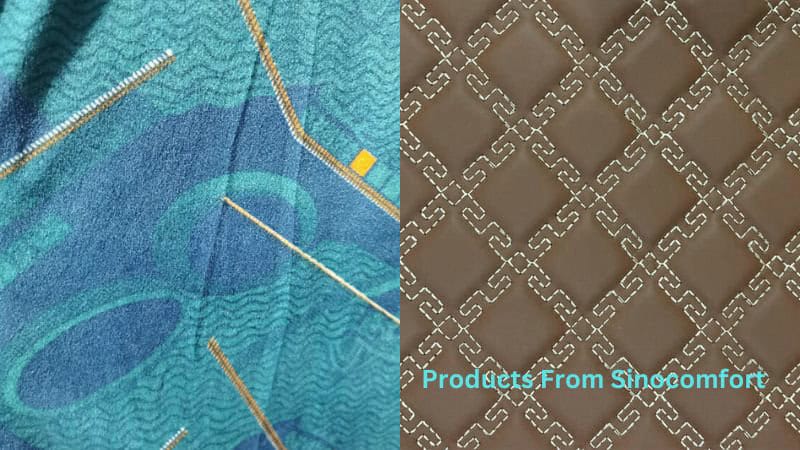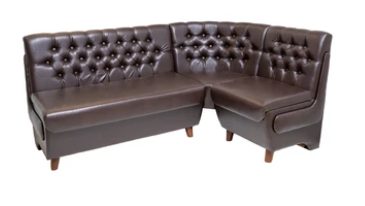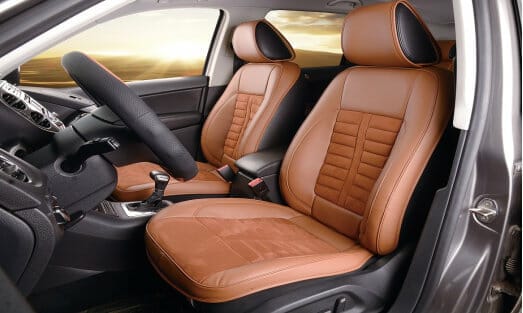At first glance, broadcloth may seem like a simple, unembellished textile. But beneath its understated elegance lies a rich history and a multitude of applications that have cemented its place as a staple in the world of fashion, crafting, and home decor.
From the crisp lines of a tailored shirt to the flowing drape of a summer dress, broadcloth’s chameleon-like qualities allow it to seamlessly transition between formal and casual settings. Its ability to take on vibrant hues and intricate patterns has made it a canvas for creative expression, while its durability ensures that the garments and accessories crafted from it can withstand the test of time.
In this comprehensive guide, we’ll delve into the fascinating world of broadcloth fabric, exploring its origins, characteristics, and the myriad ways in which it has woven itself into the fabric of our lives. Whether you’re a fashion enthusiast or simply someone who appreciates the beauty and functionality of textiles, this article promises to shed light on the enduring allure of this versatile fabric.
What is Broadcloth Fabric?
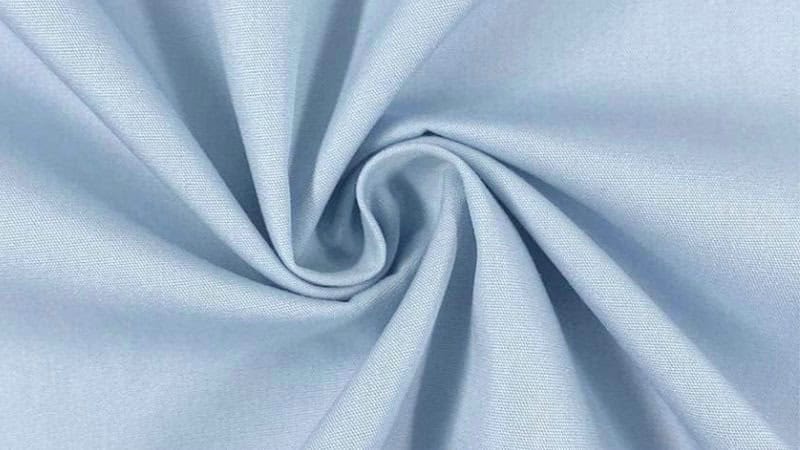
Broadcloth is a tightly woven, lightweight fabric with a distinctive smooth texture that gives it a uniform appearance.
Broadcloth has its roots in the medieval period, specifically in Flanders, which was then a center of excellence in weaving.
The fabric was introduced to the United Kingdom, where it flourished during the rise of the textile industry. The name ‘broadcloth’ actually comes from the broad weaving looms that were used to produce the fabric in widths that were larger than the standard at the time. This rich heritage has made broadcloth a staple in fabric stores and a go-to material for a multitude of uses.
It is crafted from a plain weave technique which involves the interlacing of weft and warp threads in a simple criss-cross pattern. This results in a strong and durable textile with a flat surface, making broadcloth an excellent material for items that require a fine finish.
What are the Types of Broadcloth Fabric
Broadcloth comes in several types, each offering distinct characteristics to suit various applications. The common types of broadcloth fabric include cotton, wool, yarn, polyester, and rayon.
Cotton Broadcloth
Your cotton broadcloth fabric is a comfortable choice, thanks to the natural cotton fibers that lend softness and a gentle touch. It typically exhibits a subtle luster with a fine weave that is simultaneously durable and breathable.
Wool Broadcloth
Wool broadcloth fabric brings warmth and richness to the table. Being a natural fiber, wool provides insulating properties and a slightly heavier drape. You’ll appreciate its elegant appearance highlighted by a soft, natural luster ideal for more formal garments.
Synthetic Broadcloth
Your synthetic varieties of broadcloth, which often include polyester, rayon, or a blend of synthetic fibers, are great for those who need durability and ease of maintenance. The synthetic fibers contribute strength and often a shinier luster compared to natural fibers, while also offering wrinkle resistance.
- Polyester is often blended with cotton to make broadcloth that is more durable, wrinkle-resistant, and moisture-wicking compared to 100% cotton. Other blends may include rayon for additional drape and luster
What is the Process of Manufacturing Broadcloth
When exploring the manufacturing process of broadcloth, you’ll discover that the steps involved are meticulous with an emphasis on quality. The texture and durability of the fabric are achieved through specific weaving techniques and finishing treatments that enhance its characteristics.
Weaving Techniques
- Weaving
- Broadcloth was originally woven on wide looms from wool yarn
- It was woven much wider than the desired finished width, often 50-75% wide
- The weave was typically a plain weave or twill pattern
- Fulling
- After weaving, the wool cloth went through a fulling process to shrink it to the required width
- Traditionally, this involved pounding the cloth in hot soapy water, either by wooden trip hammers or by workers walking on it
- Later, mechanized fulling mills were used for this process
- The fulling caused the wool fibers to felt together, creating a dense, blind-faced cloth
- Napping
- The fulled cloth was brushed with teasel heads or wire brushes to raise a nap on the surface
- Shearing
- The napped surface was trimmed very short and even using large shearing shears
- This gave the cloth a smooth, felted finish while still allowing the dense structure
Finishing Treatments
After weaving, broadcloth undergoes several finishing treatments that further define its quality and appearance:
- Milling Process: In this part of the process, the fabric may be subjected to milling (also known as the felting process). This consolidates the fibers for a thicker feel.
- Mercerized: The fabric is often mercerized—a treatment involving caustic soda which causes the cotton fibers to swell. This results in a silkier look and increases durability.
What is Broadcloth Often Used For?
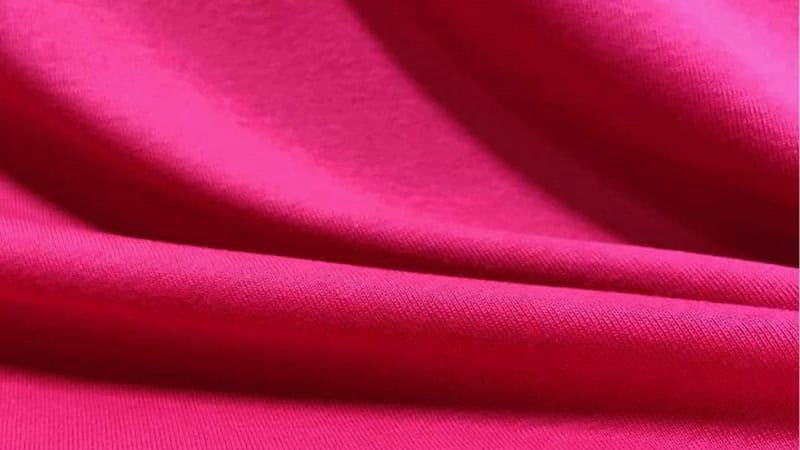
Here’s how you can make the most of this fabric:
- Casual Clothing: You can sew informal shirts and breezy skirts using broadcloth. Its ability to drape smoothly around the body makes it a comfortable choice for everyday wear.
- Dress Shirts: If you prefer dress shirts with minimal texture, broadcloth is your go-to material. Its smooth surface is conducive for a polished look appropriate for business and formal occasions.
- Home Decor: Your home can benefit from broadcloth as well. Use it to create draperies, curtains, pillow covers, or even tablecloths. It’s durable enough to withstand everyday use yet soft enough for comfort.
- Crafts and Quilting: This fabric is also great for crafting and quilting. Its solidity makes it easy to handle, cut, and sew, which is ideal for creating intricate quilts or fun craft projects.
- Lining: Because broadcloth is commonly made from cotton, it’s an excellent lining material for bags, purses, and other accessories due to its sturdiness and wide color range.
How to Care and Maintenance Broadcloth
Caring for your broadcloth fabric correctly ensures its durability and quality. By following the proper washing and ironing guidelines, 我you can maintain the fabric’s smooth appearance and prevent shrinkage or wrinkles.
Washing and Drying
When you’re ready to wash your broadcloth, always start by checking the care label for any specific washing instructions provided by the manufacturer. Typically, cotton broadcloth fabric is machine-washable, which makes maintenance convenient.
- Machine Wash: Use a gentle cycle with cold water and a mild detergent to protect the fabric’s integrity.
- Hand Wash: If preferred, hand washing in cold water is also gentle on the fabric.
After washing, wrinkles can be a concern. To minimize this:
- Air Dry: Lay the fabric flat or hang it to dry. This method helps to prevent wrinkles and is generally recommended for the best care.
- Machine Dry: If you must use a dryer, opt for a low setting and remove the fabric while it’s still slightly damp to reduce the risk of wrinkles.
- Dry Cleaned: After dry cleaning, the broadcloth may need to be pressed or steamed to reactivate the fabric’s smooth, crisp appearance and texture.
Comparing Broadcloth to Other Fabrics
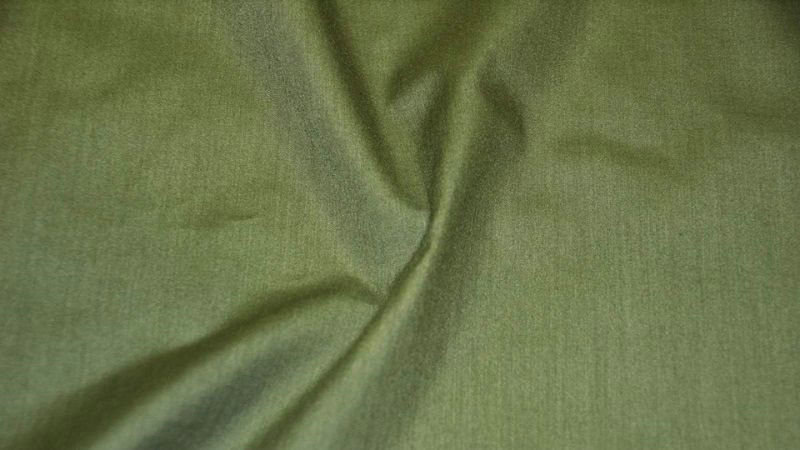
When you’re considering broadcloth, it’s important to understand how it differs from other fabrics like poplin, twill, and denim. These differences can impact the texture, quality, and intended use of the fabric.
Broadcloth vs Poplin
Broadcloth and poplin are often confused due to their similar plain weaves. However, broadcloth generally has a higher thread count, resulting in a denser and smoother fabric. Poplin, on the other hand, has a slightly ribbed texture and a lighter weight, making it highly breathable. While both fabrics offer a smooth feel, your choice may depend on the level of breathability you need and the desired weight of the fabric for your project.
Broadcloth vs Twill
Twill is easily recognizable by its diagonal ribbed texture. This weave makes twill durable and gives it a distinct drape that differs from the even and somewhat stiff drape of broadcloth. You’ll find twill is less prone to wrinkles compared to broadcloth. If you’re looking for a fabric that offers durability and a more casual look with breathability properties, twill might be your go-to over the more formal appearance of broadcloth.
Broadcloth vs Denim
Denim is known for its rugged quality and heavy weight due to the twill weaving technique used to construct it. In contrast, the broadcloth is lighter and provides a smooth, even surface. Denim’s high thread count contributes to its durability, making it suitable for long-lasting garments like jeans. For projects requiring a lighter touch and a cleaner aesthetic, you might prefer broadcloth over denim.
How to Purchase a Good Broadcloth
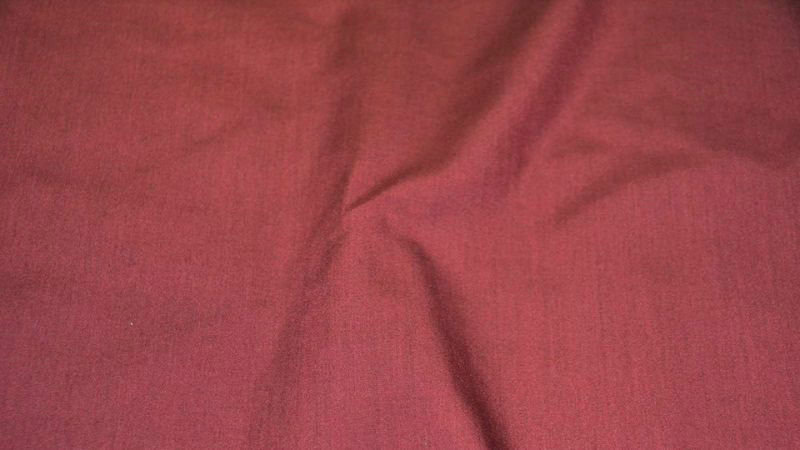
When looking to purchase a broadcloth for your projects, focusing on the quality and suitability for the intended use is key.
How to Identifying High-Quality Broadcloth
Texture: Start by feeling the texture of the fabric. The high-quality broadcloth should have a smooth, even surface with a consistent, tight plain weave that’s neither too stiff nor too floppy.
Thread Count: Check the thread count, as a higher count often indicates a finer quality of fabric; this will also impact its durability and suitability for different types of clothing and formal wear.
Finish: Examine the finish; the fabric should have a uniform appearance without any pilling or loose threads. The luster on broadcloth can vary, so look for one that suits the level of sheen you prefer for your project.
Width: Measure the width of the fabric. A standard width for a broadcloth is around 54 to 60 inches, but the measure can vary. Ensure you’re getting enough material by calculating in yards, as most textile industry retailers sell it by the yard.
Choose the One Suitable for Projects
Clothing: Consider whether the broadcloth is intended for professional environments or casual wear. For formal wear, opt for a fine, crisp broadcloth that holds a crease well.
Craft Projects: If your broadcloth is for craft projects or something like tablecloths, ensure the material can be easily manipulated. Affordability matters here, as some crafts require more fabric.
Frequently Asked Questions
How is broadcloth used in sewing and crafting?
Broadcloth is a medium-weight woven fabric, usually with a tight weave, making it a good choice for blouses, shirts, skirts, and quilts. Its smooth surface allows for crisp edges and fine detail in crafting.
Are there alternative terms that refer to broadcloth?
Yes, broadcloth can sometimes be confused with poplin. Poplin is similar in texture but has a more pronounced ribbed appearance due to its crosswise ribs. Broadcloth fabric and poplin share a common attribute: a plain weave.


